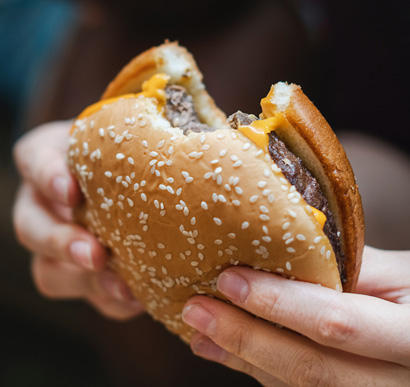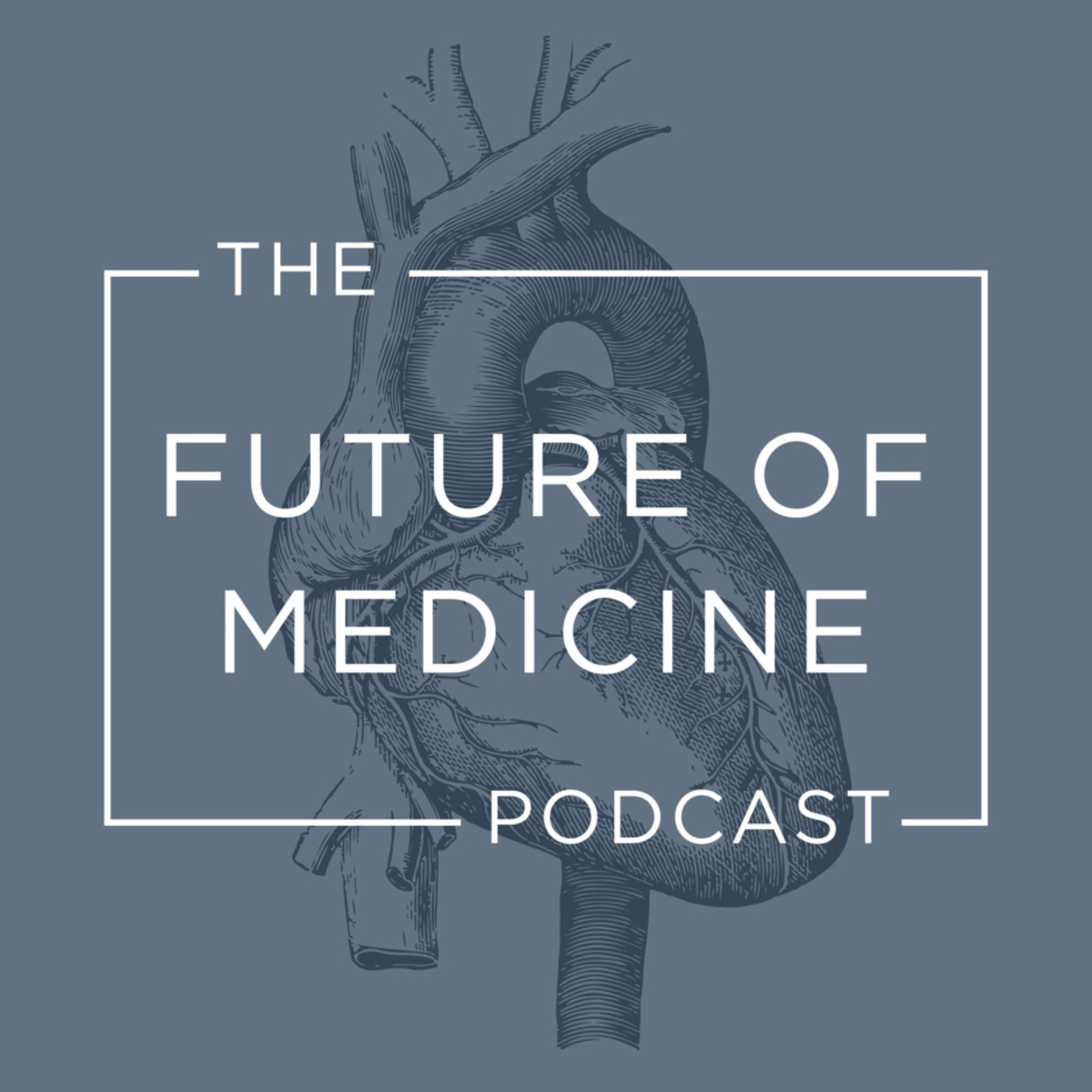Show Notes
COULD HIGH BLOOD SUGARS, ELEVATED TRIGLYCERIDES, LOW GOOD CHOLESTEROL, HIGH BAD CHOLESTEROL, AND DIABETES ALL BE CONNECTED?!
This week’s blog tackles one of the most under-rated phenomena in all of health care.
One topic we’ve discussed at length is insulin resistance. I’ve even gone as far as to call it the most important concept for you to grasp in all of health.
IT’S CALLED METABOLIC SYNDROME.
In order to understand metabolic syndrome, we need to revisit insulin resistance.
All living beings need energy to stay alive. Humans get energy from nutrition, specifically the nutrition that we crave the most – sugar. Not because it’s the best, but because it’s the most readily available, easily used for energy, and easily stored as energy for later.
When we eat foods that raise our blood sugar, there are mechanisms in place to save that energy for longer term storage to be used during times of famines. Only today, there are no famines.
In both hidden and free sugar, there is a narrow window of blood sugar we need to maintain. Our body doesn’t want diabetes, but it certainly don’t want blood sugar to be low.
We have this incredibly efficient mechanism for taking extra blood sugar and making fat. In order to do that, these high sugar levels trigger an insulin response from our pancreas. Insulin shows up, sugar lowers and we go on our way.
The challenge becomes when we always have elevated blood sugars, because if we always eat things that raise our blood sugar, we always have insulin present. Over time, this chronically elevated insulin level begins to get ignored.
AND IT’S ROOTED IN INSULIN RESISTANCE.
This is where the road splits. This is where we go from normal, healthy nutrition — and human beings who are thriving disease free — to where the disease processes begin.
It starts with elevated blood sugar and insulin, which leads to insulin resistance, metabolic syndrome, and eventually diabetes.
What is metabolic syndrome?
Metabolic syndrome is a group of symptoms, or conditions, that we find due to a particular metabolic phenomena.
WHAT ARE THE SYMPTOMS?
1. Increased waist circumference.
A waistline greater than 40 in men and greater than 35 in women.
2. High Triglycerides.
Triglycerides greater than 150 on your fasting cholesterol panel.
3. Low HDL.
In men, an HDL less than 40. For women, an HDL less than 50.
4. Hypertension, or high blood pressure.
A top number (systolic) above 130, and bottom number (diastolic) above 85.
5. Elevated fasting glucose.
A blood sugar greater than 100 after at least 8 hours with nothing to eat.
TO BE DIAGNOSED WITH METABOLIC SYNDROME, YOU NEED THREE OF THE FIVE CRITERIA IN ANY COMBINATION.
What is the root cause of metabolic syndrome?
Insulin resistance.
When your body ignores elevated blood sugar, it results in insulin resistance which leads to metabolic syndrome and, eventually, diabetes.
Why is insulin resistance such a big deal? Because if left untreated, it always gets worse.
It leads to obesity, heart attack, stroke, kidney disease, and cancer.
80% OF ALL WESTERN DISEASES ARE DIRECTLY CONNECTED TO METABOLIC SYNDROME WITH ITS ROOTS IN INSULIN RESISTANCE.
Here are the conversations that you need to be having with your doctor so that you can put yourself in the best position to be the healthiest version of yourself possible.
1) How do I shrink my waistline?
If you’re like most folks, you’re walking around and you’ve been putting on anywhere from 2 -7 pounds every year of fat, no matter what you do or don’t do. Your waistline always seems to be getting bigger.
There probably isn’t one thing that you can do that will be more beneficial in shrinking your waistline than addressing the underlying likely issue of insulin resistance.
If treating the insulin resistance is the most important thing that you can do, then by extension, the most important thing that you can focus on is fixing your diet.
If you eat things that raise your blood sugar, you are putting yourself in harms way because the only way your body has to deal with elevated blood sugar is insulin, and your body is ignoring it.
Center your diet around very strict carbohydrate control, and adequate fats that leave you feeling full, supply you with energy, and has no need for insulin in the exchange because you’re burning fat for fuel.
After you’ve fixed your diet, add in fitness to help shrink your waistline.
2) Is my blood pressure normal?
If you have a blood pressure greater than 130/85, you can improve it which will give you a longer, better quality of life.
Don’t ignore your hypertension. Don’t just say, “Oh, it’s borderline” or “Oh, it’s okay.” Please chat with your doctor about specific targets and goals and ways that you can reduce your blood pressure below 130/85.
3) Do I have an elevated fasting blood sugar?
If you don’t have a normal fasting blood sugar (specifically, < 100, ideally in the 80’s) you’re on the insulin resistance spectrum and your sugars will continue to rise.
If you have fasting blood sugar is already over 100, this is a problem. Don’t ignore borderline blood sugars.
Remember, diabetes is diagnosed with two fasting blood sugars, separated by two weeks, of 126 or greater.
Less than 100 is normal and 126 is diabetes. This window is so tight.
Fixing your diet first is the biggest ax you can swing that will make the greatest difference in stabilizing your blood sugar. Adding some physical activity will also help.
As far as medications, the best one to treat insulin resistance is metformin. It increases insulin sensitivity, which is the opposite of diabetes.
If you’re already on metformin, and still having elevated fasting blood sugars, take to your physician to see if it’s safe to take the maximum dose which is 2500mg per day.
After max dose metformin, diet and exercise is all that is left before your doctor will want to start adding insulin for better blood sugar control.
4) What are my cholesterol numbers? Specifically, triglycerides and HDL.
Cholesterol alone is not the problem.
It’s the details of the cholesterol that matter, specifically as it pertains to insulin resistance.
Insulin resistance elevates triglycerides and lowers HDL, which puts you on the direct path for heart attack and stroke.
If you have fixed your diet, reduced your waistline and blood pressure, but still have cholesterol numbers that are putting you in harm’s way, talk to your doctor about adding cholesterol lowering medications called statins.
Statins are the most common medicine to use for discrepancies in your cholesterol after you’ve fixed everything else.
HERE ARE THE TWO BIG TAKE HOME POINTS ABOUT METABOLIC SYNDROME
1. 80% of all western diseases, including metabolic syndrome, all come down to insulin resistance.
We have to deal with the fact that our body is ignoring the natural mechanism to process excess blood sugar and insulin. We’ve got to attack the root which is insulin resistance.
2. Make your diet the priority.
By making diet the priority, you can cut through all of the nonsense and get right to the root cause. A high fat, moderate protein, low carbohydrate diet is going to give you the biochemical environment to win.
Hope this helps.
All my best — Aaron Wenzel, MD





